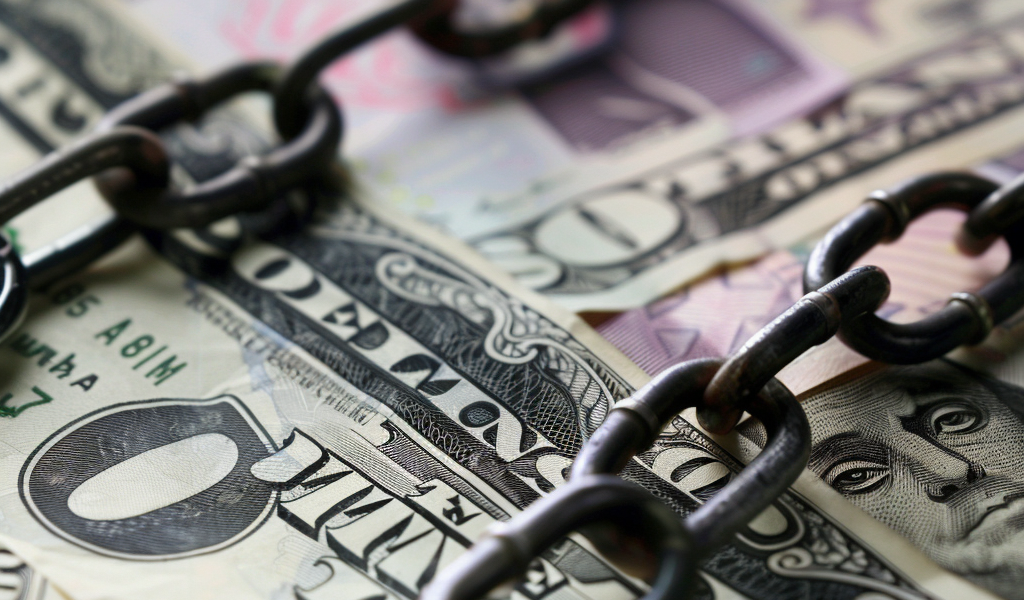India’s external debt landscape saw significant changes in the recent fiscal year, with short-term debt’s share in the total external debt decreasing by 2.1 percentage points, according to the Reserve Bank of India (RBI).
As of the end of March 2024, the ratio of short-term debt to foreign exchange reserves dropped to 19.0 per cent from 22.2 per cent a year earlier, showcasing the country’s strong external sector profile.
The total external debt of India reached $663.8 billion by the end of March 2024, marking a $39.7 billion increase compared to the previous year. Factors such as the appreciation of the US dollar against the Indian rupee and other major currencies contributed to a valuation effect of $8.7 billion. Excluding this effect, the external debt would have risen by $48.4 billion instead.
Among the components of India’s external debt, US dollar-denominated debt retained its position as the largest, constituting 53.8 per cent of the total at the end of March 2024. This was followed by debt denominated in Indian rupees (31.5 per cent), yen (5.8 per cent), Special Drawing Rights (SDR) (5.4 per cent), and euro (2.8 per cent).
The external debt to gross domestic product (GDP) ratio decreased to 18.7 per cent by the end of March 2024, down from 19.0 per cent in the previous year. The long-term debt, with an original maturity exceeding one year, amounted to $541.2 billion at the end of March 2024, representing a $45.6 billion increase from the previous year.
According to RBI data, loans constituted the largest portion of external debt at 33.4 per cent, followed by currency and deposits (23.3 per cent), trade credit and advances (17.9 per cent), and debt securities (17.3 per cent).
Debt service obligations, covering both principal repayments and interest payments, rose to 6.7 per cent of current receipts by the end of March 2024, up from 5.3 per cent in the previous year, indicating higher debt service requirements.





